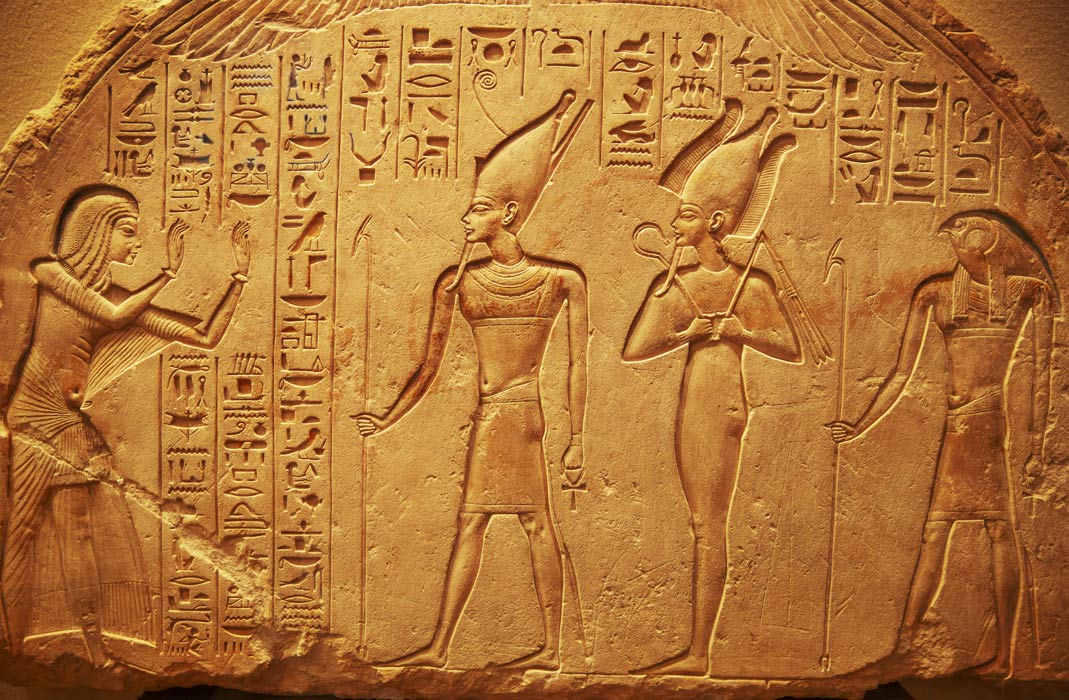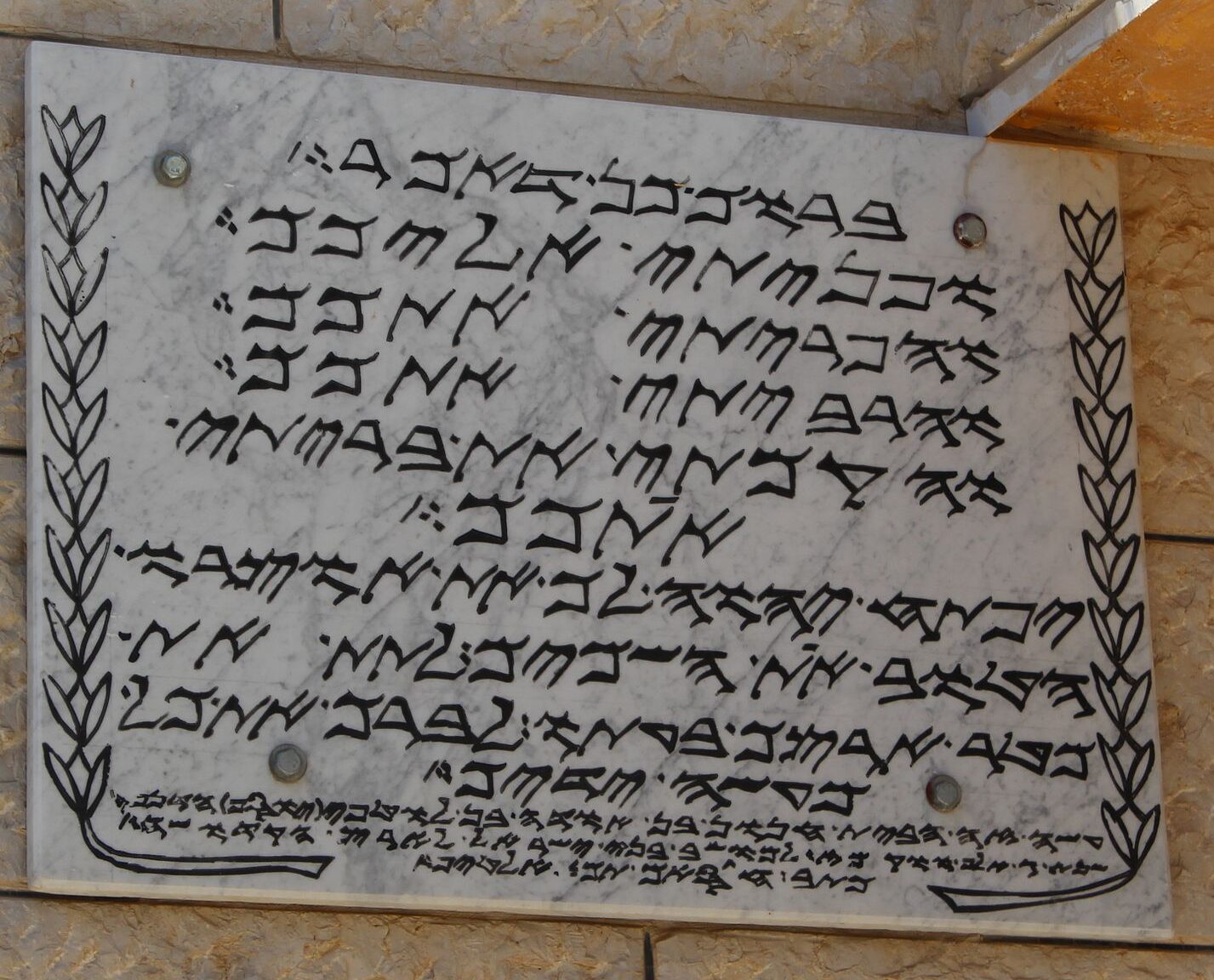Alt: Why Biblical Commentary is Among the World’s Oldest Professions
Today was the premier lecture for the Ancient Near Eastern Language in Contact 2020 eLecture series, hosted by University College London and King’s College London. Dr. Mark Weeden gave a lecture about Hittite language origins, with 150 people in virtual attendance.
Even though Uruk (a site of Sumerian texts) and Ḫattusa (a site of Hittite texts) were quite a distance apart—one on the eastern edge of cuneiform language use, and the other on the western border of cuneiform language use, there is evidence of shared interest in literature. Sumerian literature has been found to have made its way into Hittite use. Scholars have attributed alterations in Hittite versions of the text to mistakes in translation or ignorance of Sumerian language features by Hittite scribes. However, in this lecture, Mark Weeden proposes a case for the intentional commentary of Sumerian literature in its Hittite form.
Sumerian is the world’s oldest language. Much of what scholars know about the Sumerian language is through commentary and study of Sumerian by ancient Babylonians, who wrote in Akkadian. By 2nd Millennium BCE, the Sumerian language had ceased to be more than a written language. First-Millennium Babylonians studied Sumerian texts, offering religious commentary. Weeden’s presentation suggests that this style of commentary, and the academic use of Sumerian, extends to an earlier era through the Hittites, into the 2nd Millennium.
Formally, Hittite translations are attested for Hurrian, Akkadian, and Hattic, but not Sumerian. However, Hittite inscriptions demonstrate the import of Sumerian incantations and literary/lexical lists for hermeneutic research. Thus, Weeden set out to consider the question, “What then was the use-context of Sumerian texts at Ḫattusa?” Weeden’s proposal included that the Hittite use of Sumerian texts may demonstrate a precursor to the first-millennium commentary tradition in Babylonia.
Weeden’s lecture focuses on the KUB 4.5+KBo 12.72 inscription, classified as a trilingual hymn to Iškur-Adad, including versions in Sumerian, Akkadian, and Hittite. Click here to view an image of the hymn. While the Sumerian and Akkadian versions are extremely similar, the Hittite version demonstrates semantic flexibility. On a textual level, the Hittites may have adapted the language to represent the deity using local concepts, a hermeneutic exchange.
While there is no previously recognized tradition of religious commentary in the second millennium, Weeden proposed that the Hittites were doing the work of hermeneutic commentary upon this Sumerian text. This presentation offers the Hittite commentary as a potential precursor to the commentary tradition in Babylonia. Weeden’s opening remarks speak to the limits: Uruk and Ḫattusa are separated by time and space. Thus, there is no proper connection between the two societies.
The implications of Weeden’s presentation suggest that the Hittites engaged in the hermeneutic discovery of Sumerian texts in advance of the Babylonians. Weeden provides insight into the academic attitude of the Hittites toward literature. The understanding of Sumerian as an academic language that allowed the Hittites to make knowing commentary suggests an interest in polyphony and playful use of language by the inhabitants of Ḫattusa.
Weeden’s presentation implies that our trade is among the world’s earliest professions for those who have pursued the academic study of ancient religious texts. The hermeneutic commentary of religious texts dates back to the first millennium BCE and possibly even earlier. Biblical studies may not be the oldest profession in the world, but it reaches back millennia, and that is pretty amazing.
About this event
ANELC is a joint King’s College London–UCL series. This is the first year it is running as an online eLecture series. Read about #ANELC presentations. Also, read about other academic conferences.

Dr. Erica Mongé-Greer, holding a PhD in Divinity from the University of Aberdeen, is a distinguished researcher and educator specializing in Biblical Ethics, Mythopoeia, and Resistance Theory. Her work focuses on justice in ancient religious texts, notably reinterpreting Psalm 82’s ethics in the Hebrew Bible, with her findings currently under peer review.
In addition to her academic research, Dr. Mongé-Greer is an experienced University instructor, having taught various biblical studies courses. Her teaching philosophy integrates theoretical discussions with practical insights, promoting an inclusive and dynamic learning environment.
Her ongoing projects include a book on religious themes in the series Battlestar Galactica and further research in biblical ethics, showcasing her dedication to interdisciplinary studies that blend religion with contemporary issues.




